Ford calls it a ’Model T moment’, a reference to the time Henry Ford revolutionized the auto industry with new manufacturing processes that enabled mass production of the Model T. This resulted in a lower cost of production which, in turn, allowed Ford to sell the car at a much more affordable price.
100 years later, Ford Motor Company is once again taking a revolutionary leap forward in engineering and manufacturing to bring a new family of affordable, high-quality vehicles within reach for millions around the world. This time, however, the vehicles are fully electric with zero emissions.
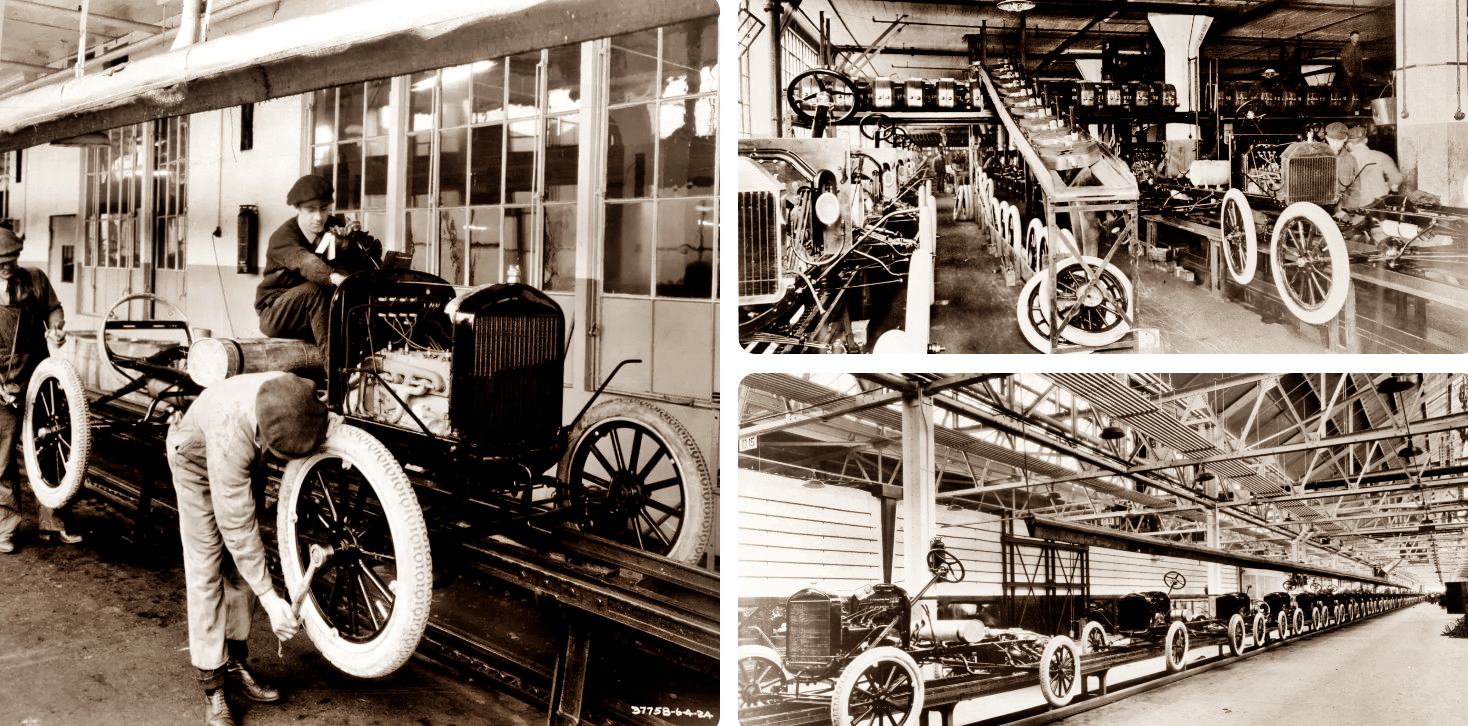
Introducing the new Ford Universal EV Platform and Ford Universal EV Production System, the automaker said the system was developed by a team that combines the discipline, expertise and scale of a company with 122 years of experience with the speed, innovation and first-principles thinking of a California-based electric vehicle hardware and software skunkworks team.
“We took a radical approach to a very hard challenge: Create affordable vehicles that delight customers in every way that matters – design, innovation, flexibility, space, driving pleasure, and cost of ownership – and do it with American workers,” said Ford President & CEO, Jim Farley.
“We have all lived through far too many ‘good college tries’ by Detroit automakers to make affordable vehicles that end up with idled plants, layoffs and uncertainty. So, this had to be a strong, sustainable and profitable business. From Day 1, we knew there was no incremental path to success. We empowered a tiny skunkworks team three time zones away from Detroit. We tore up the moving assembly line concept and designed a better one. And we found a path to be the first automaker to make prismatic LFP batteries in the U.S.”
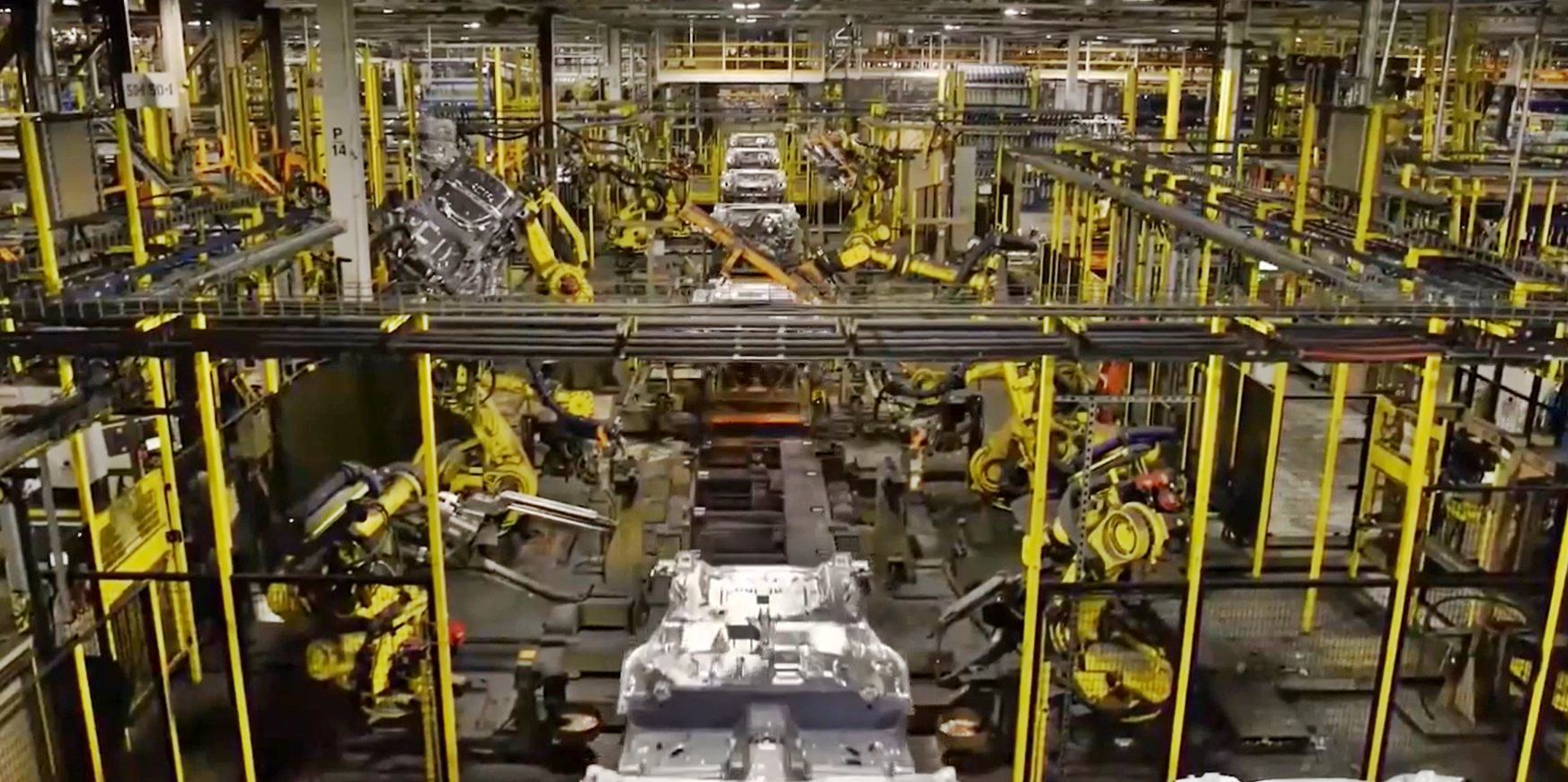
The result: a simple, efficient, flexible ecosystem to deliver a family of affordable, electric, software-defined vehicles – the first of which is a midsize, four-door electric pickup that will be assembled at Ford’s Louisville Assembly Plant for U.S. and export markets. Its launch is scheduled for 2027.
The Universal EV Platform
The numbers tell the story, Farley said. The platform reduces parts by 20% versus a typical vehicle, with 25% fewer fasteners, 40% fewer workstations dock-to-dock in the plant and 15% faster assembly time. Lower cost of ownership over 5 years than a 3-year old used Tesla Model Y.
As an example, the wiring harness in a new model under development will be more than 1.3 kms shorter and 10 kgs lighter than the one used in our first-gen electric SUV.
As for the lithium iron phosphate (LFP) prismatic batteries that Ford will make at a new factory, there will be cost reduction while enabling space and weight savings as well as durability. The cobalt-free and nickel-free LFP battery pack is a structural sub-assembly that also serves as the vehicle’s floor. This low centre of gravity improves handling, creates a quiet cabin, and provides a surprising amount of interior space.

“We took inspiration from the Model T – the universal car that changed the world,” said Doug Field, Ford Chief EV, Digital and Design Officer. “We assembled a really brilliant collection of minds across Ford and unleashed them to find new solutions to old problems. We applied first‑principles engineering, pushing to the limits of physics to make it fun to drive and compete on affordability. Our new zonal electric architecture unlocks capabilities the industry has never seen. This isn’t a stripped‑down, old‑school vehicle.”
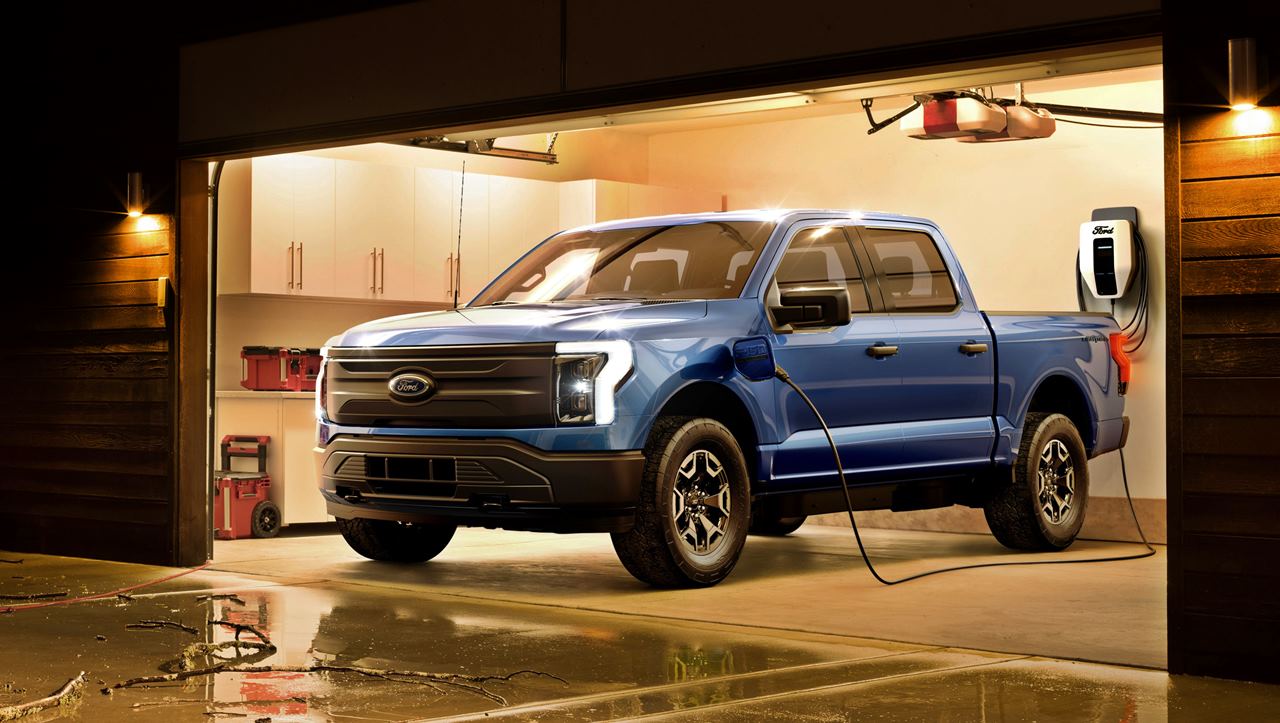
The Ford Universal EV Platform will enable the production of a family of affordable EVs and the first product will be a midsize truck. This new truck, to cost US$30,000, is forecasted to have more passenger room than the latest Toyota RAV4, even before you include the frunk and the truck bed. It will have a targeted 0-60 mph time as fast as a Mustang EcoBoost, with more downforce.
The Universal EV Production System
The Ford team obsessed about efficiency in manufacturing, too, transforming the traditional assembly line into an ‘assembly tree’. Instead of one long conveyor like what has been used since Henry Ford’s days, 3 sub-assemblies run down their own lines simultaneously and then join together.
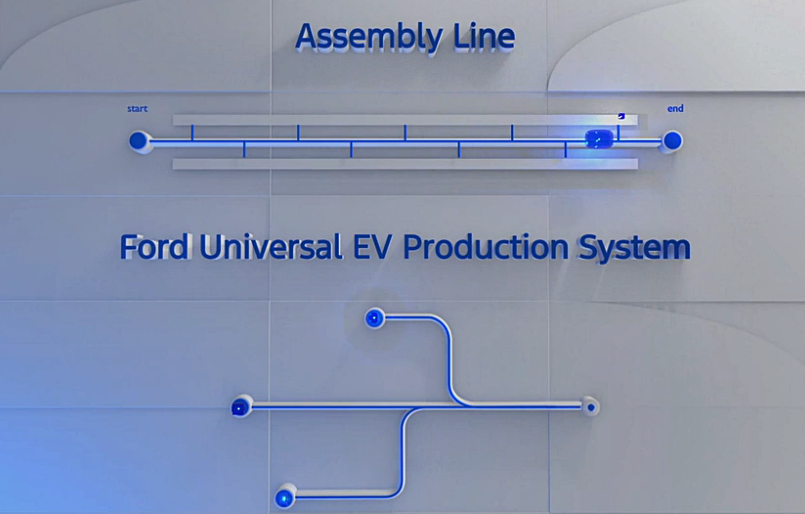
Large single-piece aluminium unicastings replace dozens of smaller parts, enabling the front and rear of the vehicle to be assembled separately. The front and rear are then combined with the third sub-assembly, the structural battery, which is independently assembled with seats, consoles and carpeting, to form the vehicle. Parts travel down the assembly tree to operators in a kit. Within that kit, all fasteners, scanners and power tools required for the job are included – and in the correct orientation for use.
The system will dramatically improve ergonomics for employees by reducing twisting, reaching and bending, allowing them to focus on the job at hand. Because of the integration between the Universal EV Production System and Platform, assembly of the electric truck could be up to 40% faster than Louisville Assembly Plant’s current vehicles. Some of that time will be reinvested into in-sourcing and automation to improve quality and cost, ultimately netting a 15% speed improvement.
“We live and breathe continuous improvement, but sometimes you need a dramatic leap forward. We expect ergonomic breakthroughs and complexity reduction – through elimination of parts, connectors and wire – will flow through to significant quality and cost wins,” declared Bryce Currie, Vice-President, Americas Manufacturing.”
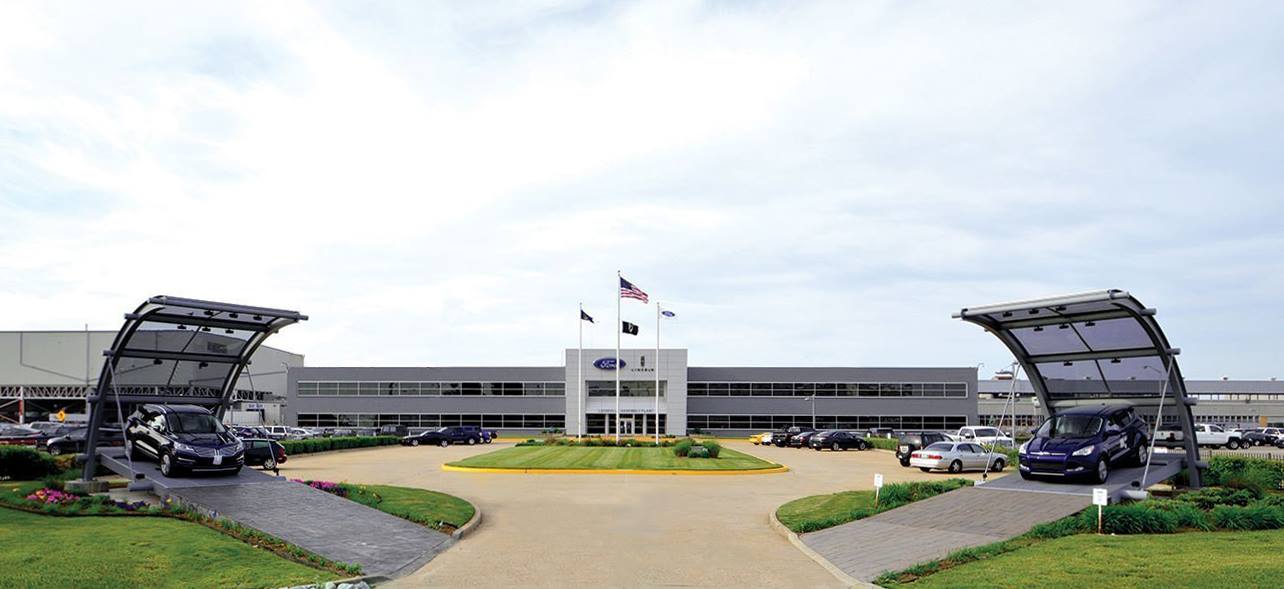
This major revolution will require huge investments and Ford is planning to invest nearly US$2 billion in its Louisville Assembly Plant to assemble the new electric truck with securing 2,200 hourly jobs. The plant will expand by about 4,830 sq. metres in order to move material more efficiently. Digital infrastructure upgrades will give the facility the fastest network with the most access points out of any Ford plant globally, enabling more quality scans.
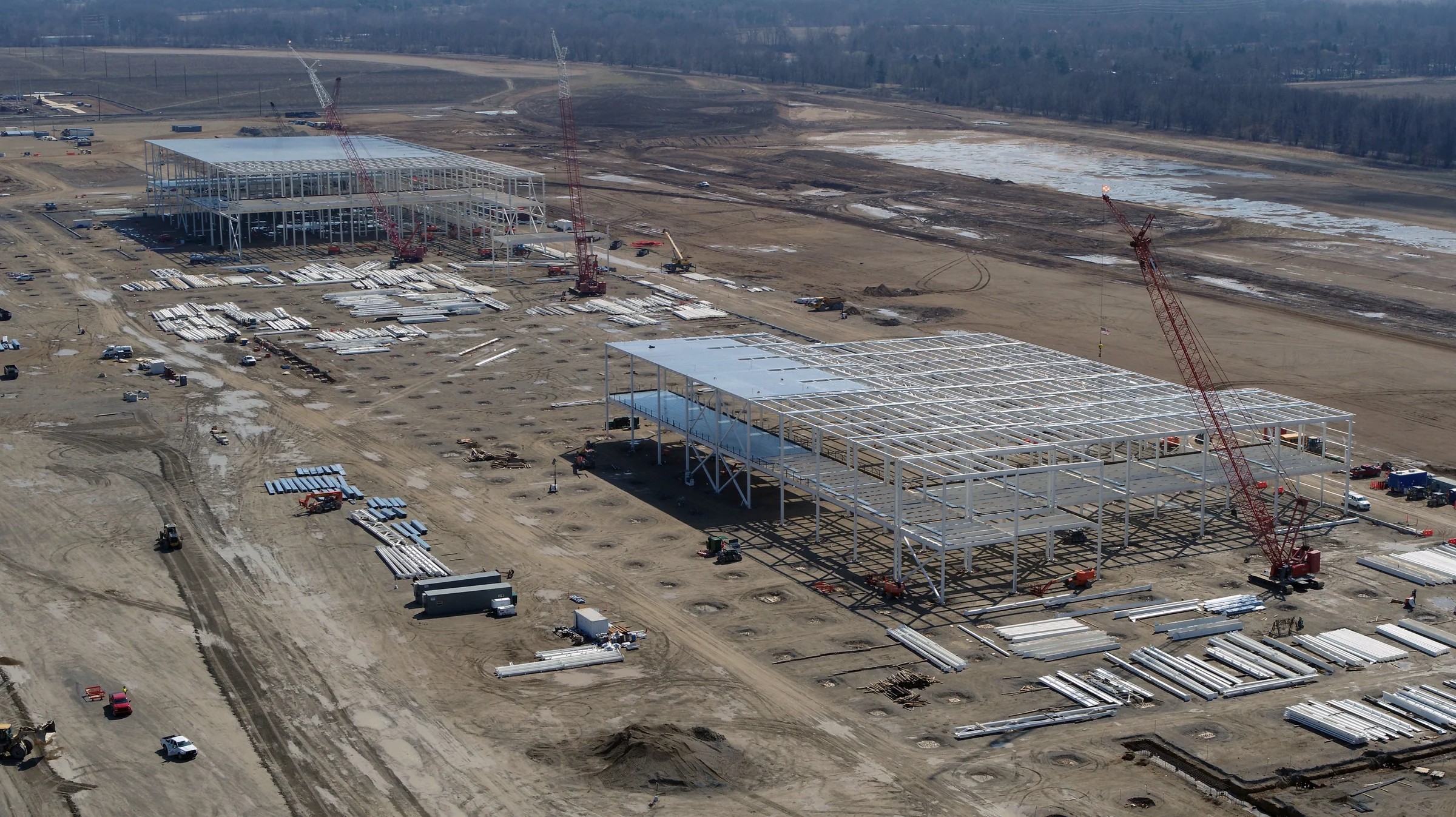
Ford’s investment in the Louisville Assembly Plant is in addition to its previously announced US$3 billion investment in BlueOval Battery Park Michigan, which will build the prismatic LFP batteries starting next year.

![Ford revolution in vehicle manufacturing [2025]](https://www.motaauto.com/wp-content/uploads/2025/08/Ford-revolution-in-vehicle-manufacturing-2025-696x336.png)

